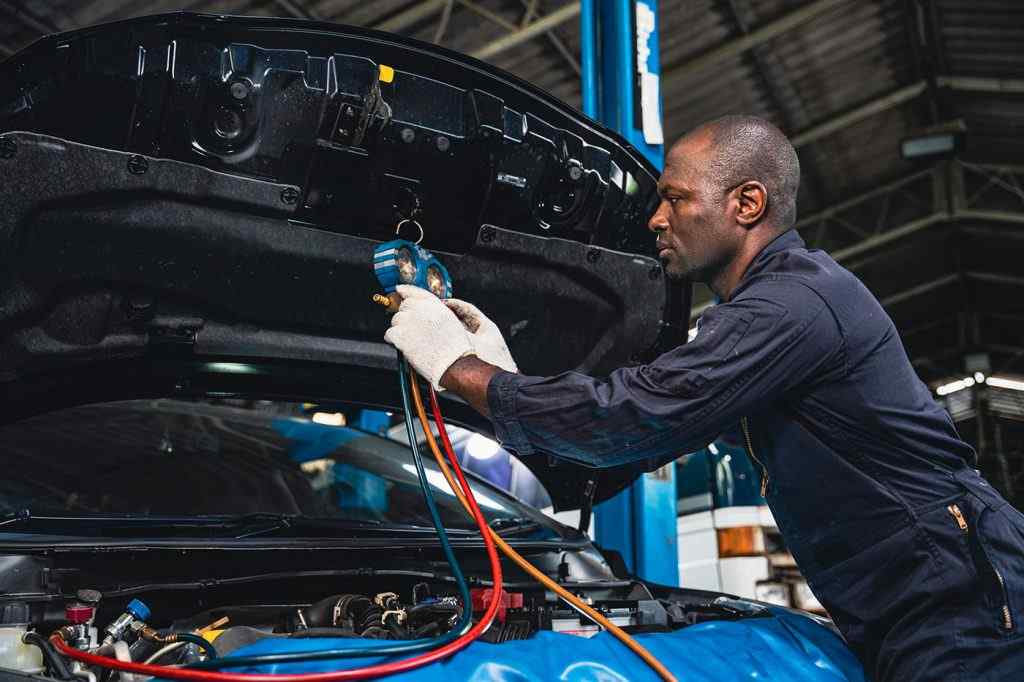
Do you need to repair the air conditioner compressor in your car? We aim to help you save money, give you the satisfaction of performing the work yourself, or help you understand what you are paying for when you take your car in for repairs.
The article discusses tips that make car A/C compressor replacement simple for you. Let’s begin!
Remove Air Intake and Accessories
To gain access to the serpentine belt so that it can be removed, unbolt and remove any tubing or hoses. This tubing, which is used for air filter intake proposals and emissions, is typically simple to remove by undoing small bolts or screws. Next, the serpentine belt that drives the compressor must be taken off, with the exception of hybrid and electric vehicles.
Removing the Compressor
While some compressors are visible from a distance, others may be hidden by brackets and other equipment, such an alternator or power steering pump. Remove other components, like an alternator, to gain access to the compressor. Wiring connectors and mounting bolts can be loosened and taken out to do this.
Locate the electrical connector on the front or back of the compressor once these obstruction-causing items have been taken off. If the internal control valve is positioned at the back or the front, the engagement coil will be powered by this wiring. The electrical connector safeguard can be released with a small pick or screwdriver. Once the mounting bolts for the compressor have been removed, you can remove this connector if it cannot be seen or is too difficult to remove.
Find and remove the flare nuts or mounting bolts for the high and low side refrigerant lines, depending on the manufacturer’s design. On some models, after the mounting bolts have been removed and the unit is free, this procedure may once again need to be carried out.
Each refrigerant line’s bulkhead should be tightly grasped once the bolts have been taken out in order to carefully pull up and separate. There is an O ring seal that can form a tight fit and possibly leak a little amount of refrigerant (pressure). Remove the high and low side fittings to complete this stage.
Locate the bottom and top mounting bolts and remove them after removing all wiring harness connectors and refrigerant lines. These bolts can be long or short, and sometimes they can be hard to find and remove. In such cases, a little wrench or a universal joint socket can help with the removal. To hold the piece in place, always leave at least one loose bolt linked to the bracket or block.
Remove the final mounting bolt while holding the item. Be cautious not to drop the compressor and harm the machine or yourself because it is a little weighty and uncomfortable to wield. Remove it from the engine bay after it is entirely free. This can be labor-intensive, and occasionally you’ll need to utilize a jack under the oil pan to help lift the engine just a little bit or even gently shift the engine in its mounts. Sometimes it’s also necessary to take out a radiator or cooling fan shroud.
